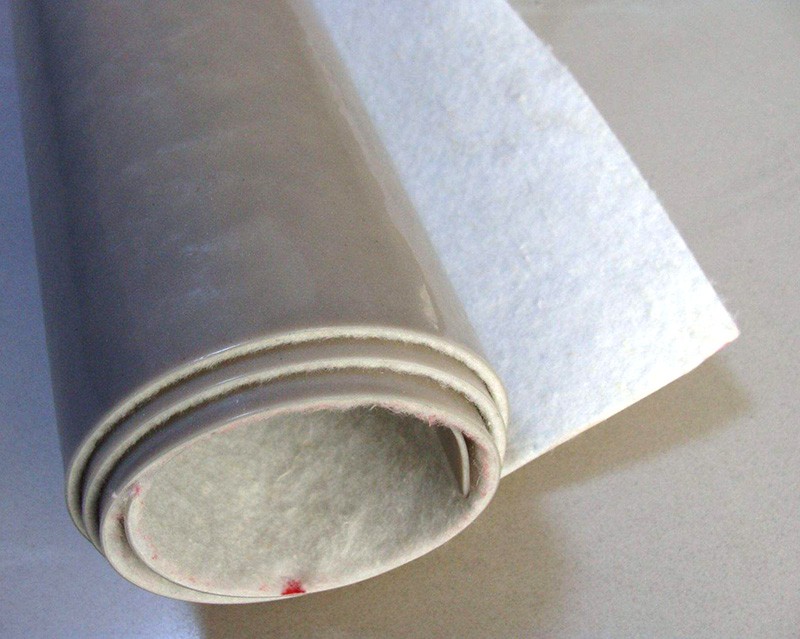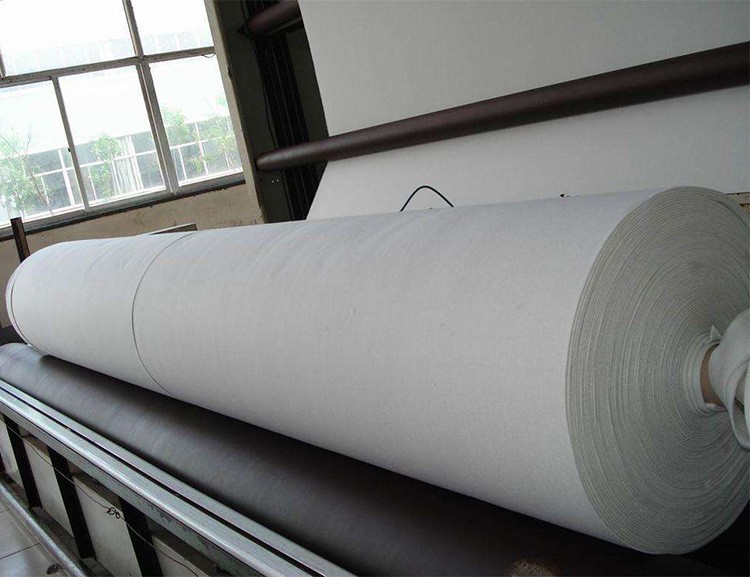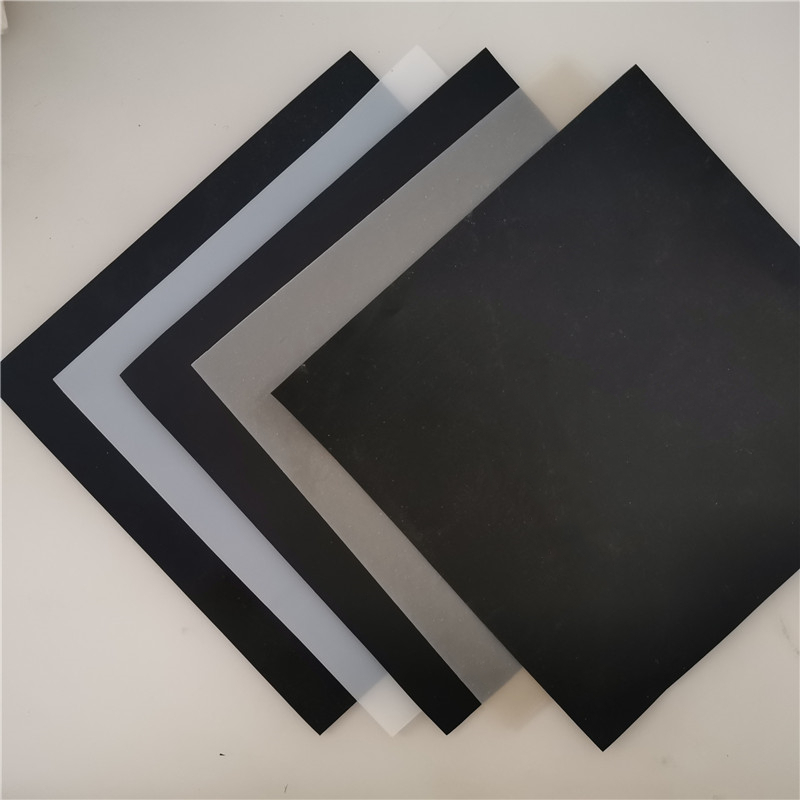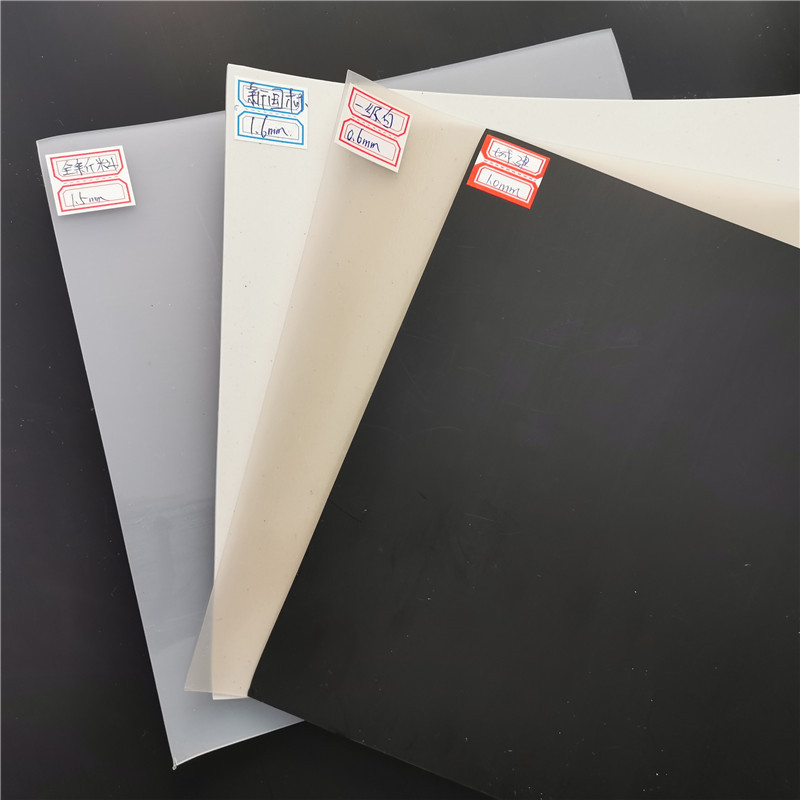
产品介绍:
![1602578618106154.jpg thumb_5ea550e669143_bateditor[1].jpg](/static/upload/image/20201013/1602578618106154.jpg)
Composite geomembranes are widely used in channel seepage prevention projects. The extensive application and effectiveness of geosynthetics in civil engineering and flood control and emergency projects have attracted great attention from engineering professionals. Regarding the application technology of geosynthetics, the state has proposed standardized technical requirements from aspects such as seepage prevention, filtration, drainage, reinforcement, and protection, which has greatly accelerated the promotion and application of new materials. This material is widely used in seepage prevention projects for irrigation district channels. Based on construction practice, this article briefly discusses the application technology of composite geomembranes.Composite geomembranes are impermeable materials made by combining geotextiles with geomembranes, mainly used for impermeability. Composite geomembranes are divided into single-layer fabric with membrane and double-layer fabric with membrane, with a width of 4-6 meters and a weight of 200-1500 g/m². They have high physical and mechanical properties such as tensile strength, tear resistance, and puncture resistance, meeting the needs of hydraulic, municipal, construction, transportation, subway, and tunnel civil engineering projects. Due to the use of polymer materials and the addition of anti-aging agents during production, they can be used in unconventional temperature environments.Composite geomembranes (composite impermeable membranes) are divided into single-layer fabric with membrane and double-layer fabric with membrane, with a width of 4-6 meters and a weight of 200-1500 g/m². They have high tensile strength, tear resistance, puncture resistance, and other physical and mechanical performance indicators. The products feature high strength, good elongation, large deformation modulus, resistance to acids and alkalis, corrosion resistance, aging resistance, and excellent impermeability. They meet the needs of hydraulic, municipal, construction, transportation, subway, tunnel, and civil engineering projects for seepage prevention, reinforcement, and crack prevention. They are commonly used for seepage prevention in dams and drainage ditches, as well as pollution prevention in waste disposal sites.





